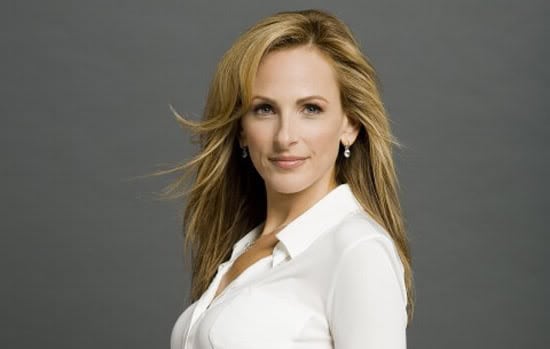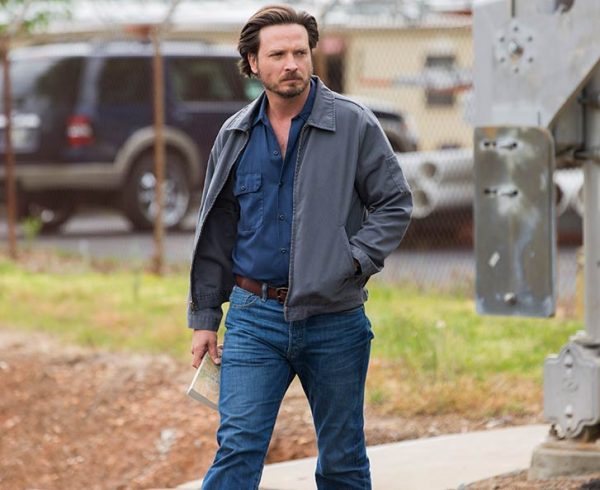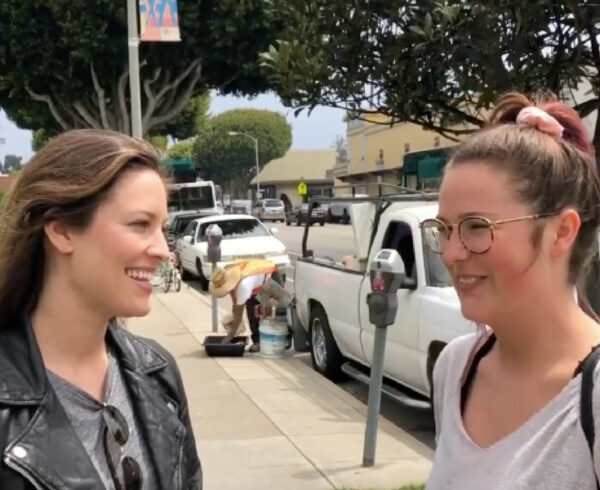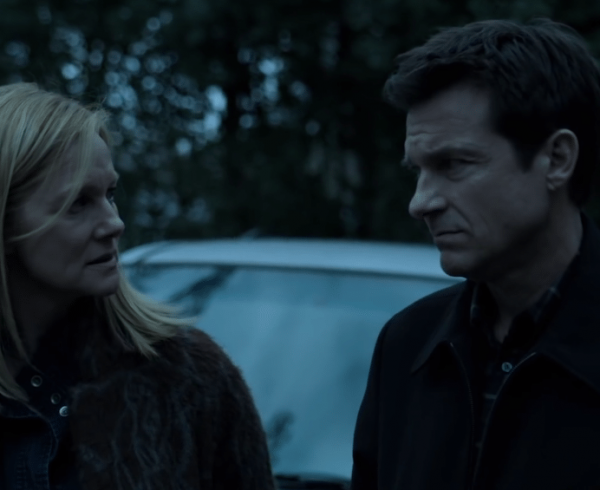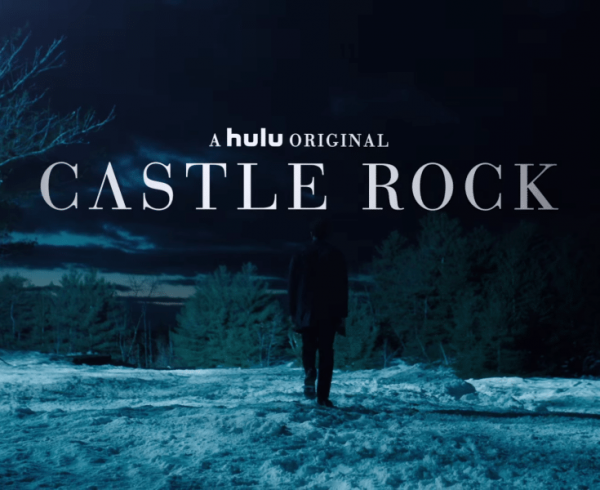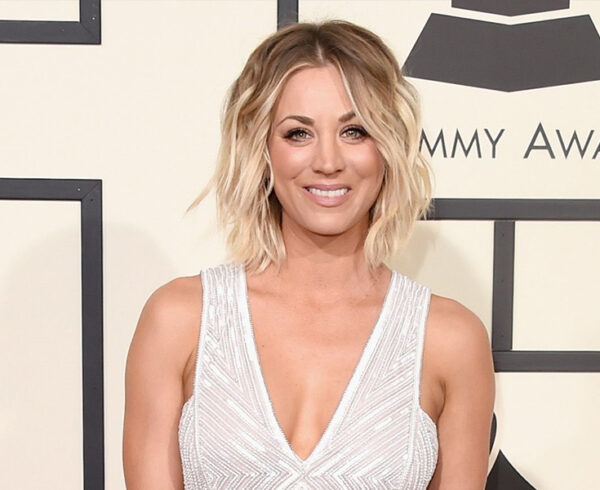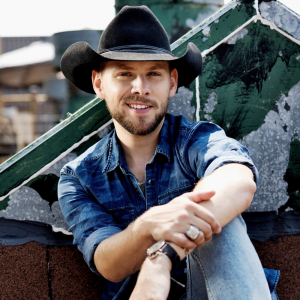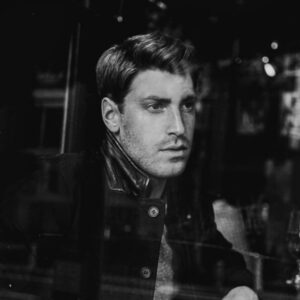“Deaf Out Loud” Destigmatizes The Notion Of Hearing Loss
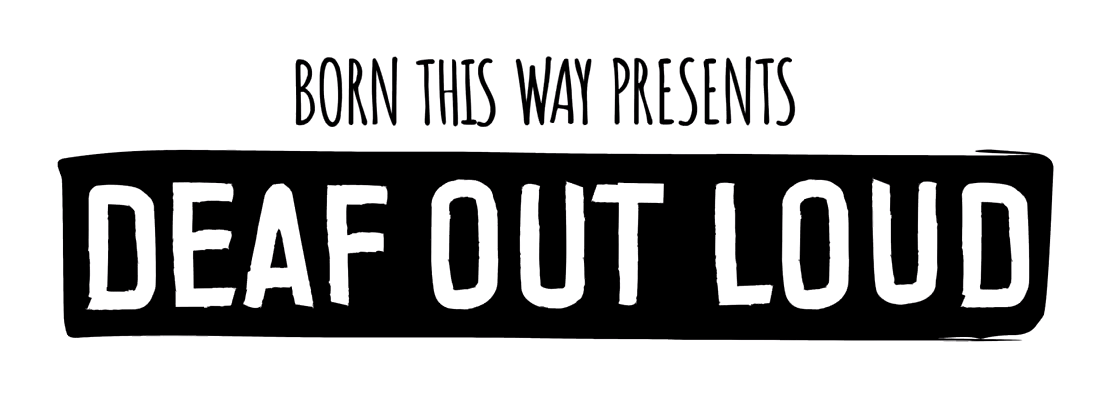 “I can do anything. There’s only one thing I cannot do. It’s hear.”
“I can do anything. There’s only one thing I cannot do. It’s hear.”
While this statement may seem trite or even overly obvious, these are truly profound words from the profoundly deaf, and if taken to heart, the kind that break societal assumptions and stigma.
On September 12, A&E offered a new brand of reality TV worth watching. From producer and groundbreaking deaf actress Marlee Matlin, “Deaf Out Loud” chronicles the life and times of three families – three unique and real journeys – each impacted by deafness in different ways.
From the trailer to the opening moments, the intention of the show is made abundantly clear. This is not a documentary about disability; in fact, one of the family members makes it emphatically clear that his deafness is NOT a disability. This is not a documentary about overcoming adversity.
Another family member notes that he doesn’t get the phrase “hearing loss;” after all, what did he lose? This is also not a documentary about grieving, struggling families, coping with the challenges of deaf parents raising hearing kids or vice versa. Though there are struggles presented.
No, this documentary is a glimpse into a culture, a way of life for a few of the 35 million people in the United States who are deaf or hard of hearing.
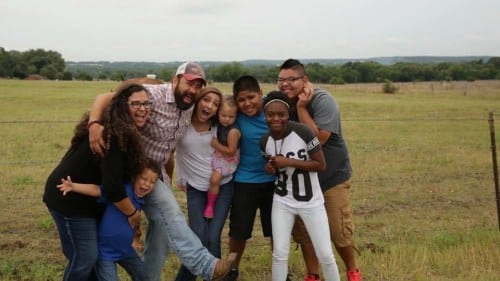 Meet the Posners, the Garcias, and the Mansfields – three different families with three different experiences. The Posners utilize all the communication methods they can – speaking, signing with ASL, and reading lips. Their frustration with a world that still considers deaf people to be profoundly different or even dumb is evident, and who would blame them.
Meet the Posners, the Garcias, and the Mansfields – three different families with three different experiences. The Posners utilize all the communication methods they can – speaking, signing with ASL, and reading lips. Their frustration with a world that still considers deaf people to be profoundly different or even dumb is evident, and who would blame them.
The Mansfields concur with that frustration, noting that they experienced issues with family over their decision to only use sign language in their home, even with one hearing daughter. This family is marked by their independence, and one scene in which they engage with the owner of a gun range is particularly humbling. Rather than be taken aback or discouraged by the perceived communication barrier, they quickly grab a piece of paper and have the needed conversation, only moments before laughingly commenting that the hearing protection wasn’t exactly necessary.
The Garcias offer an even more diverse portrait of the deaf community with the combo of one hearing and one deaf parent, four deaf children, two hearing children, and two adopted children. Relying on both sign language and speaking, the family members engage easily and comfortably. One of the hearing children even admits to wanting to be deaf like the rest of his family.
By this point in the documentary, a viewer can’t help but pause for a moment to reflect. Coming from a family with a father who was legally deaf, two siblings and a niece with hearing aids, and my own struggle with hearing low register tones, deafness – hearing loss in any form, really – has seemed like a curse in my own life, as I imagine it would in many others. Yet, here are three families who choose not to be defined by physical limitation, and instead be defined by the culture and community it creates.
Mr. Garcia stated it plainly: “We’re not handicapped. We’re not hearing impaired. We’re not disabled. We’re just deaf.” This statement is such an accurate depiction of the overall tone of the documentary: to the deaf, deaf is normal. Communicating via sign language is just as normal as speaking is.
Whether the hearing loss was degenerative or a born condition, these individuals show life fully lived and embraced rather than limited.
Which raises the question – when did I assume differently? When did our culture assume differently?
That isn’t to say there aren’t unique challenges to be faced, including the what/when and/how of cochlear implants, how to handle the communication styles of others, and addressing the stigma and assumptions about them. Most significant are the glaring challenges of raising deaf children in a hearing world or even hearing children in a deaf home—challenges which the families face with grace, solidarity, and a sense of community that is often missing from the hearing world.
This diverse portrait of real life was intentional, according to executive producer Johnathan Murray. The documentary directly addresses some of the many misconceptions about deaf culture while showing that it is exactly that – a culture with rich diversity, uniqueness, and empowering examples of success. As is the case with any misunderstood or misrepresented group, positive and truthful examples on the big and small screens are a win on all counts, especially when it comes to raising awareness and breaking societal assumptions.
Aside from raising some questions for me, myself, and I to address regarding my own perspective on hearing loss and deafness based on my family history, “Deaf Out Loud” offered a brutally honest, transparent, and rather refreshing picture of the daily lives and challenges of a group of people so often misunderstood, pitied and stigmatized. This is the kind of documentary that breaks down societal walls in the best way possible – by telling the honest truth about real people. With the goal of connecting 35 million to the rest of the hearing world, “Deaf Out Loud” took a successful step forward.

